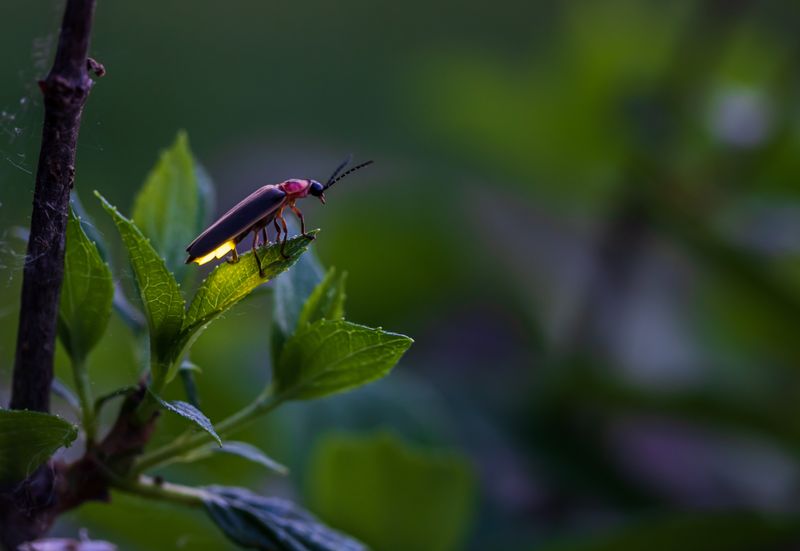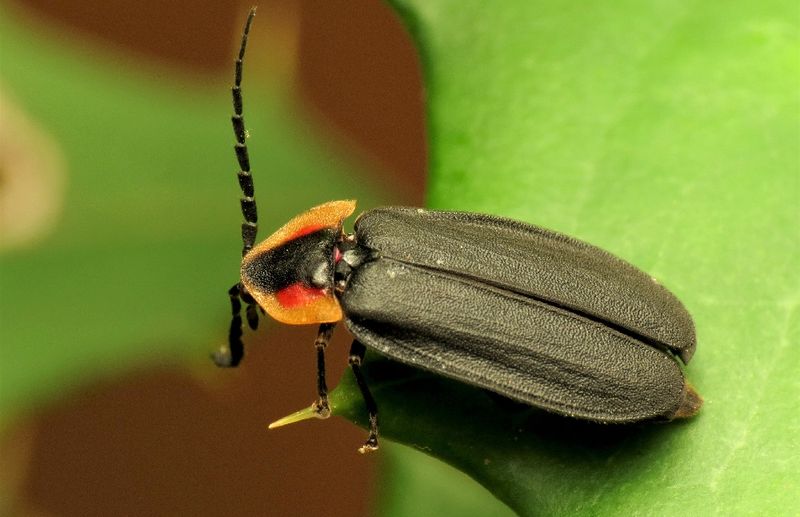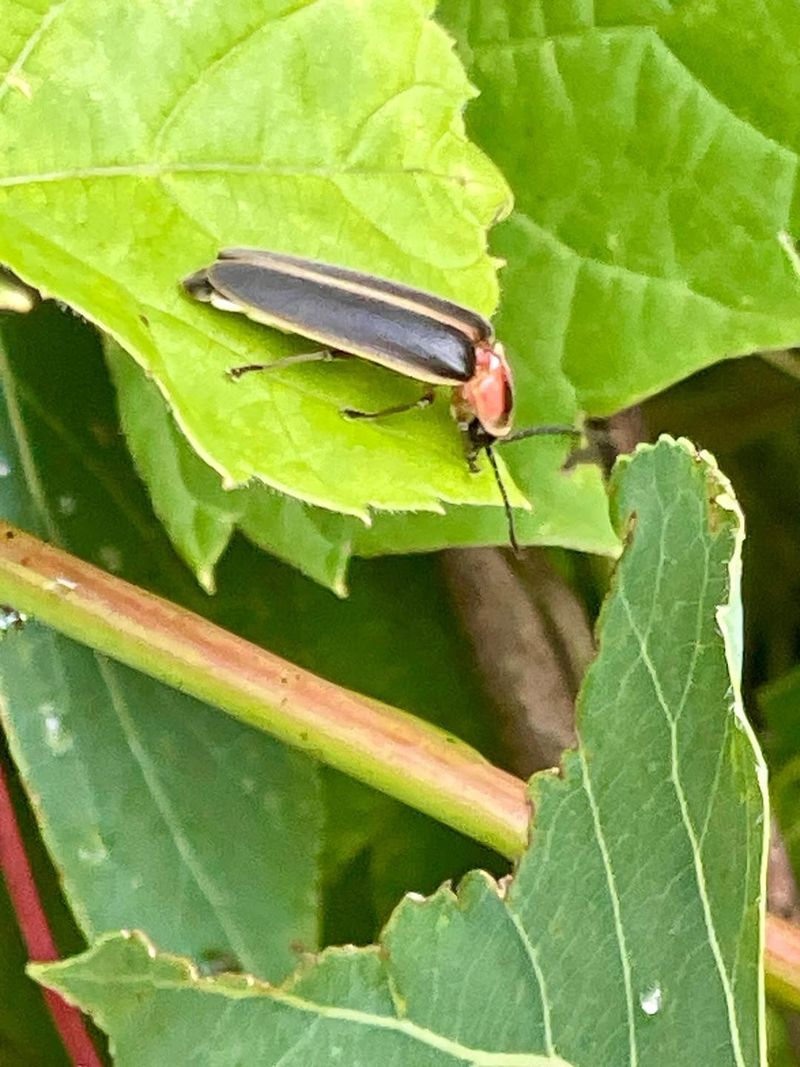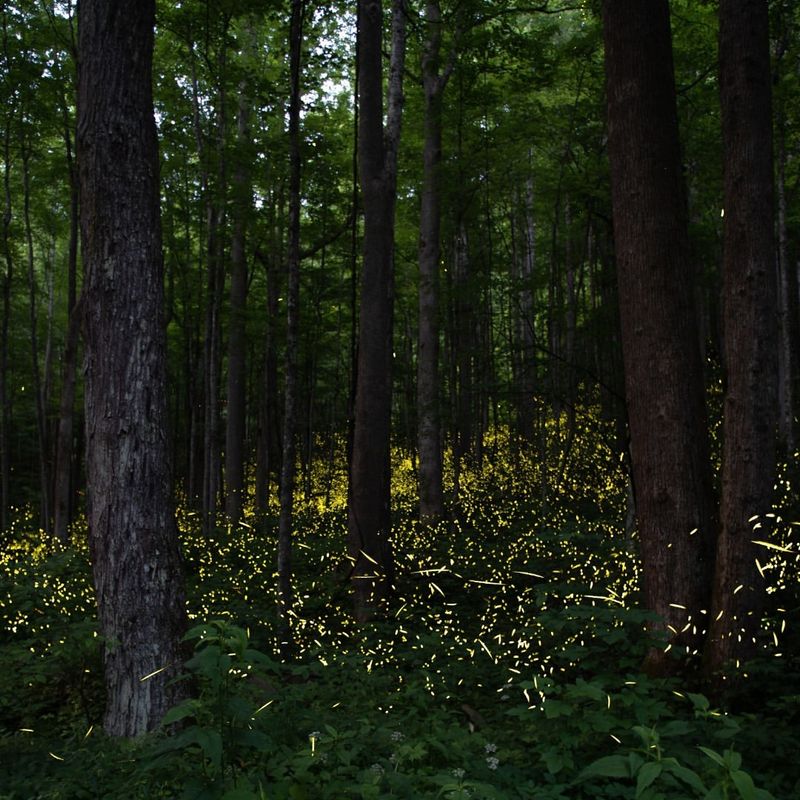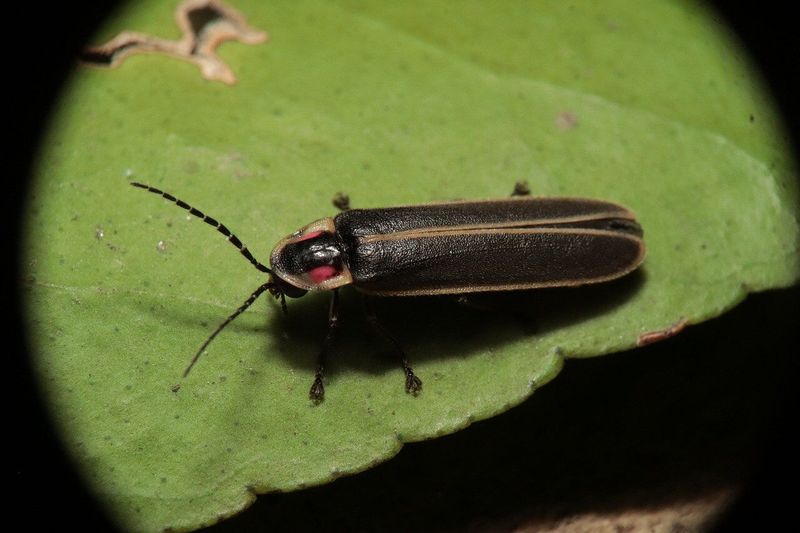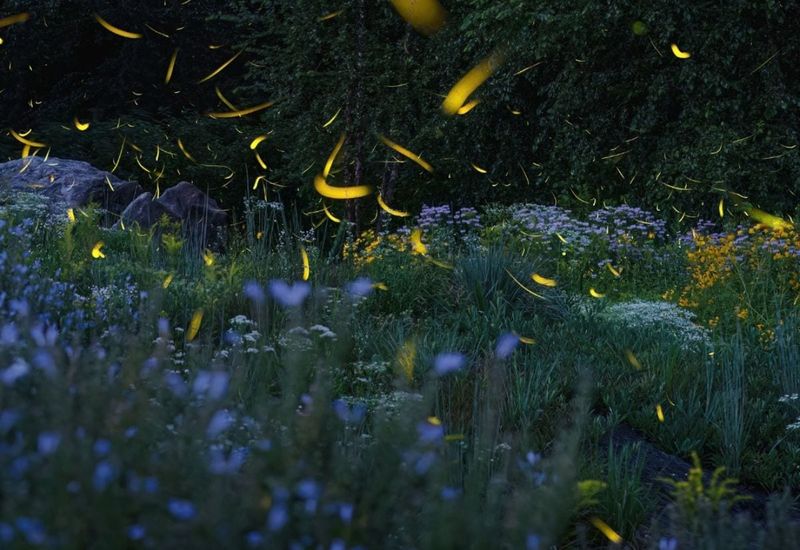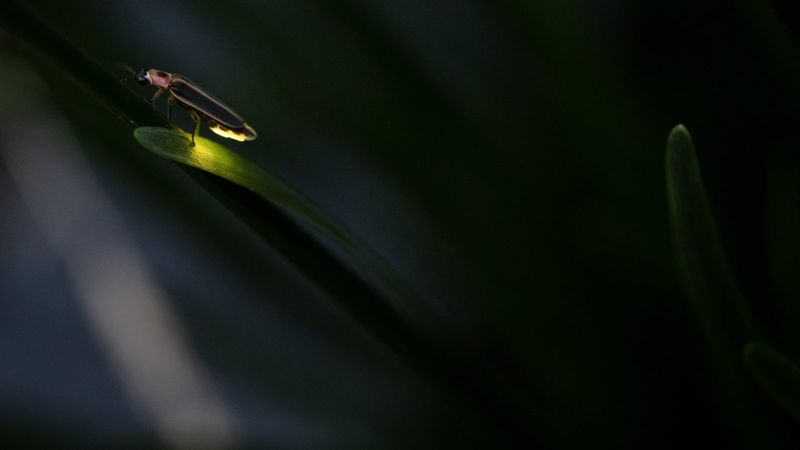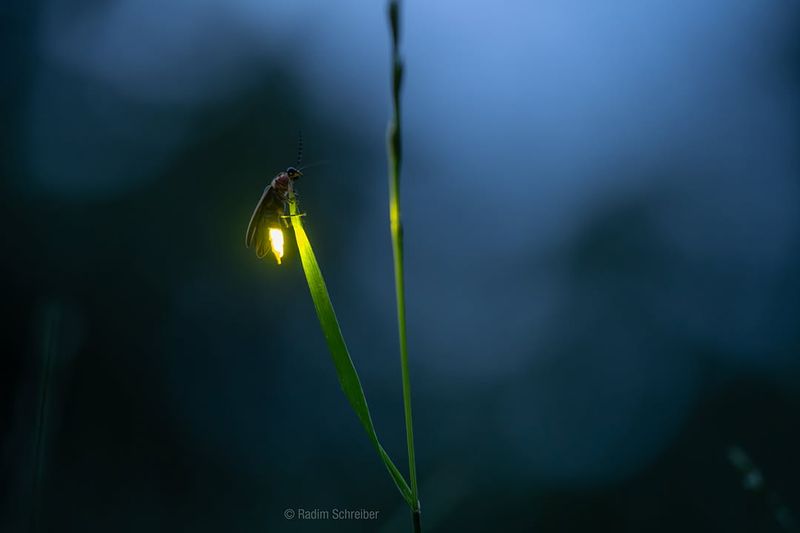Michigan summer evenings once dazzled with the magical glow of countless fireflies dancing across our gardens. Sadly, these living light shows are becoming increasingly rare.
Many gardeners have noticed fewer of these beloved insects flickering among their plants compared to childhood memories. Understanding why fireflies are vanishing from our Michigan landscapes can help us take steps to protect these enchanting visitors.
1. Light Pollution Disrupts Mating Signals
Artificial lights from porches, pathways, and decorative garden features confuse fireflies during their courtship rituals. When male fireflies can’t find females in the light-polluted darkness, reproduction rates plummet.
My neighbor replaced her bright security lights with motion-activated ones, and we’ve noticed more fireflies returning to the raspberry bushes between our yards. Garden lighting choices directly impact these insects’ ability to communicate and find mates.
2. Chemical Pesticide Use Eliminates Fireflies
Broad-spectrum insecticides don’t discriminate between pests and beneficial insects. Firefly larvae and adults are particularly sensitive to these chemicals, which can wipe out entire local populations with a single application.
Last summer, I switched to organic pest control methods in my vegetable garden. The firefly numbers around my tomato plants have slowly started to increase. Even targeted pesticides can have unintended consequences for these delicate insects.
3. Habitat Loss From Manicured Lawns
Fireflies thrive in slightly messy, natural environments with tall grasses, leaf litter, and logs. The perfectly trimmed lawns that dominate Michigan neighborhoods eliminate these essential habitat features.
In the back corner of my yard, I’ve left a small section unmowed with native grasses. It’s become a firefly hotspot compared to my neighbor’s pristine lawn. These insects need damp, natural spaces with organic matter where their larvae can hunt for snails and slugs.
4. Drought Conditions Reduce Larvae Survival
Michigan’s increasingly hot, dry summers create hostile conditions for moisture-loving firefly larvae. These young insects develop underground or in leaf litter where they need consistent dampness to survive.
The rain garden I installed collects runoff from my roof, creating a permanently moist area that attracts more fireflies than anywhere else in my yard. Firefly larvae feed on slugs, snails, and worms that also need moisture, so when the soil dries out, their entire food web collapses.
5. Removal of Rotting Logs And Leaf Litter
That pile of decomposing leaves you cleared from your garden beds last fall might have been home to developing firefly larvae. Female fireflies lay eggs in rotting logs, moist leaf litter, and other decaying plant material.
I’ve started keeping a small brush pile behind my raspberry patch. The decaying wood creates perfect firefly nurseries. Even leaving small pockets of undisturbed leaf litter around shrubs can provide crucial habitat while still maintaining an attractive garden appearance.
6. Non-Native Plants Reduce Food Sources
Many popular ornamental plants from Asia and Europe don’t support the native insects that firefly larvae feed upon. When gardens lack the right plants, the entire food chain suffers.
After replacing my front border with Michigan natives like black-eyed Susans and purple coneflower, I’ve noticed more insects of all kinds, including fireflies. Native plants host native prey insects, creating a buffet for hungry firefly larvae while also providing better nectar sources for adult fireflies.
7. Climate Change Alters Emergence Timing
Warmer springs cause fireflies to emerge earlier, often before their food sources are available. This mismatch in timing leaves them vulnerable and hungry during critical life stages.
In my garden journal, I’ve tracked firefly first sightings moving from late June to early May over the past decade. Creating diverse gardens with plants that bloom in succession helps provide nectar throughout the season. Some firefly species actually feed on flower nectar as adults, making bloom timing crucial to their survival.
8. Soil Compaction From Heavy Foot Traffic
Compacted soil in busy garden areas prevents firefly larvae from moving freely underground where they develop and hunt. These juvenile fireflies need loose, aerated soil to thrive.
I’ve created dedicated pathways through my garden beds to prevent widespread soil compaction. The areas with the fluffiest soil consistently host more fireflies. Adding organic matter like compost not only improves plant growth but creates the perfect texture for firefly larvae to navigate through the soil in search of prey.


